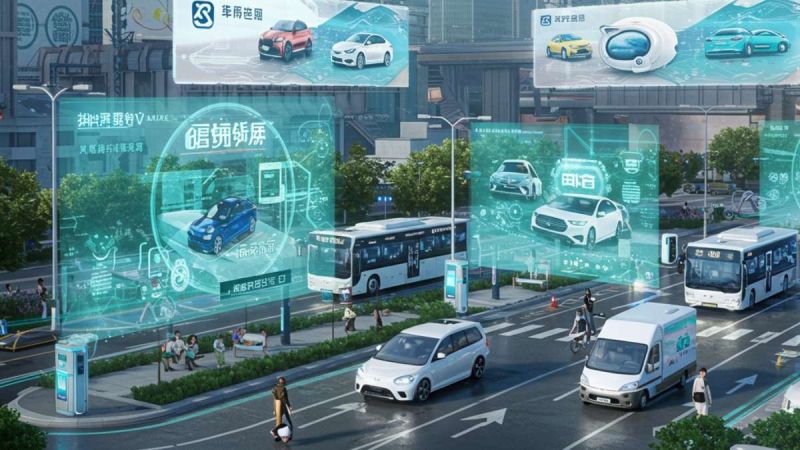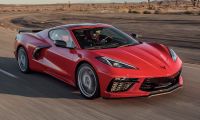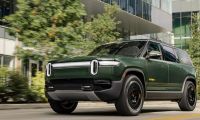Perhaps the most potent factor driving this trend is cost. Chinese EV manufacturers, bolstered by years of strategic government investment, intense domestic competition among hundreds of players, mastery over battery supply chains, and staggering economies of scale, have achieved price points that legacy automakers in the West struggle to match. Models offering comparable features and range can be significantly cheaper when sourced from brands like BYD, MG, or Nio than their European, American, Japanese, or Korean counterparts. This isn't merely a marginal difference; it fundamentally lowers the barrier to entry for millions of consumers. In countries allowing these more affordable EVs onto their roads, the transition from internal combustion engines becomes a feasible financial decision for a much broader segment of the population, not just early adopters or the affluent. Data shows the price gap between EVs and traditional cars has narrowed faster where Chinese brands compete fiercely. Conversely, markets imposing high tariffs risk keeping EV prices elevated, potentially slowing mass adoption and hindering the achievement of green targets tied to fleet electrification.
Performance and Range: Challenging the Status Quo
The narrative that lower cost equals inferior quality is increasingly outdated in the EV space. Chinese brands are not just competing on price; they are pushing the envelope on technology. Models like the BYD Seal offer performance and features directly comparable to premium benchmarks like the Tesla Model 3, often winning design and build quality accolades. Nio’s vehicles boast impressive range figures, approaching 1,000 km on some models (albeit on Chinese testing cycles), coupled with innovative solutions like battery swapping. Even value-focused offerings, such as the MG4 EV, crowned Carwow's Car of the Year in 2023, deliver impressive range, practicality, and engaging driving dynamics, proving that affordability doesn't necessitate compromise. This influx of high-quality, technologically advanced, and competitively priced vehicles forces established global players to accelerate their development cycles, improve their offerings, and rethink their pricing strategies, creating a more dynamic and consumer-friendly market overall.
Market Penetration and Strategic Success
China's domestic market acts as an unparalleled incubator. Having achieved staggering EV penetration rates – surpassing 50% of new passenger car sales in certain months of 2025 – Chinese manufacturers have honed their products, scaled production, and secured vital supply chains, particularly for batteries, where they hold a dominant global position. This domestic success provides a springboard for ambitious global expansion. While facing headwinds in heavily tariffed markets like the US, Chinese EVs rapidly gain significant market share in Europe (despite recent tariff talks and investigations), Southeast Asia, Australia, and Latin America. Their strategy often involves adapting quickly to local preferences, sometimes leveraging established names (like MG), forming local partnerships, or considering local production, as seen with BYD's plans in Hungary. Their rapid iteration cycles – launching new models or updates far faster than traditional four-year cycles – keep their offerings fresh and technologically current.
The Green Initiative Link: Faster Adoption, Faster Progress
The connection is direct: faster, broader EV adoption leads to quicker decarbonization of road transport. By making EVs more affordable and offering a wider variety of compelling models, Chinese manufacturers act as accelerators for this transition in markets they can access freely. Countries prioritizing rapid emission reductions over protecting incumbent industries find a powerful ally in these imports. Examples like Costa Rica, where Chinese EV exports have helped establish it as an electric mobility leader, show how readily available, lower-cost Chinese EVs can dramatically boost national EV uptake figures, putting climate goals within closer reach. While concerns about fair competition and national industrial strategy are valid, the data suggests that restricting access to these vehicles primarily slows down the importing nation's green transition.
Spotlight on Success Stories
Several Chinese brands exemplify this impact. BYD has become a global EV powerhouse, sometimes surpassing rivals in sales volume and dominating its domestic market, offering compelling vehicles across segments, from the affordable Dolphin hatchback and Atto 3 SUV to the premium Seal sedan, all featuring its innovative cobalt-free Blade Battery technology. MG, under parent company SAIC Motor, has revitalized a historic British marque with highly successful EVs like the MG4, demonstrating exceptional value for money. NIO targets the premium market with technologically advanced vehicles and a unique battery-swapping network, steadily expanding its European footprint. Geely, parent of Volvo and Polestar, showcases a strategy of leveraging global partnerships and multiple brands, expanding its presence. Even ultra-affordable city cars like the Wuling Hongguang Mini EV, while unsuitable for many Western markets, demonstrate China's ability to cater to diverse needs and price points, dominating specific segments domestically.
Wrapping Up
The rise of Chinese EVs presents a complex challenge to the global automotive order, raising legitimate questions about trade balance, subsidies, and industrial competition. However, viewed through the specific lens of accelerating national green initiatives, the conclusion appears clear: countries that maintain relatively open markets to competitive Chinese electric vehicles are experiencing faster growth in EV adoption. The compelling combination of lower costs, rapidly advancing technology, diverse model ranges, and sheer production scale offered by Chinese manufacturers provides a powerful catalyst for transitioning away from fossil fuels. While navigating the geopolitical and economic implications requires careful consideration, nations prioritizing swift progress on their climate goals find that welcoming the dragon's charge, rather than barring the gates, offers a demonstrably faster route to a greener transportation future.
Disclosure: Picture rendered with Gemini.
Rob Enderle is a technology analyst at Torque News who covers automotive technology and battery developments. You can learn more about Rob on Wikipedia and follow his articles on Forbes, X, and LinkedIn.











